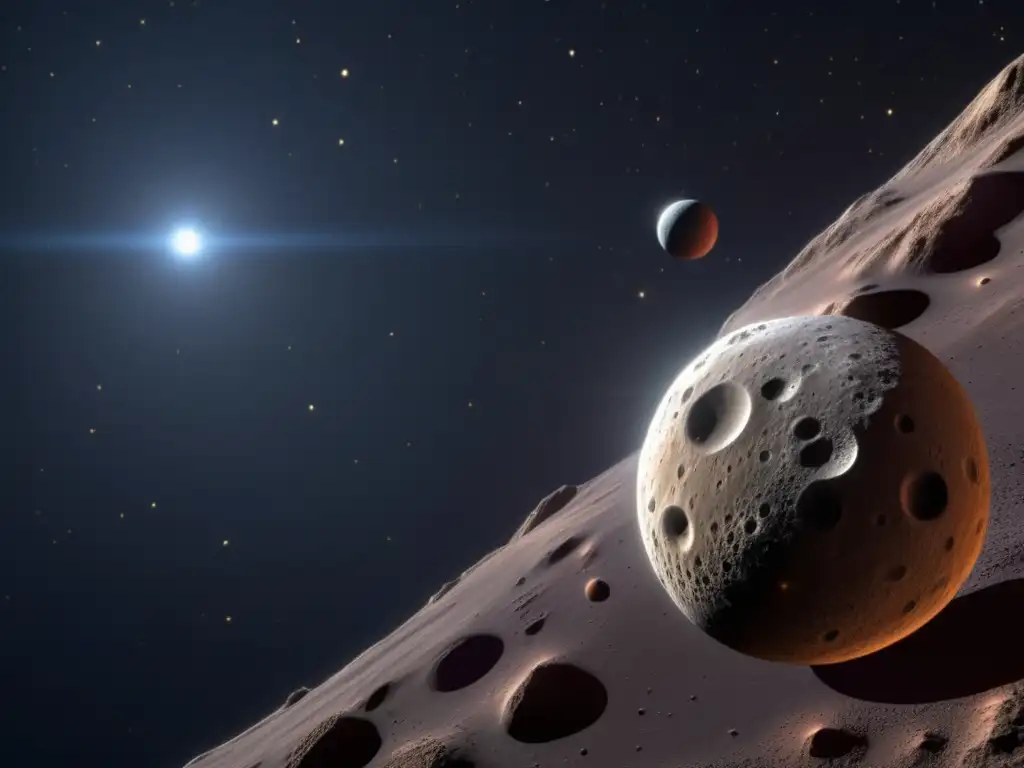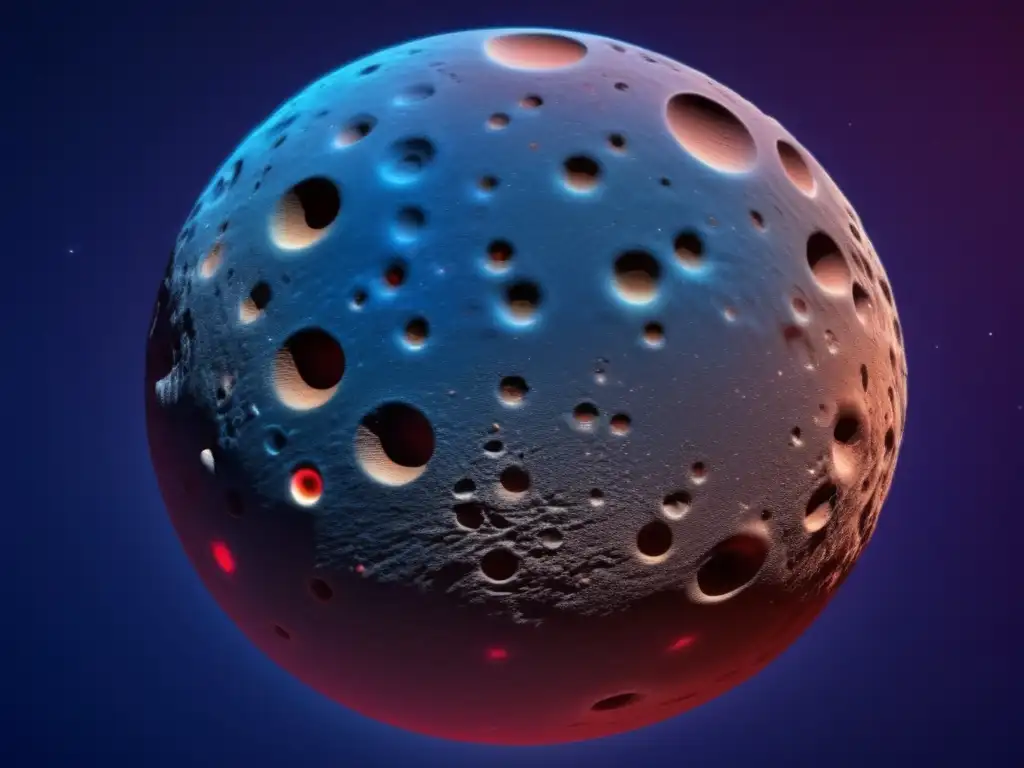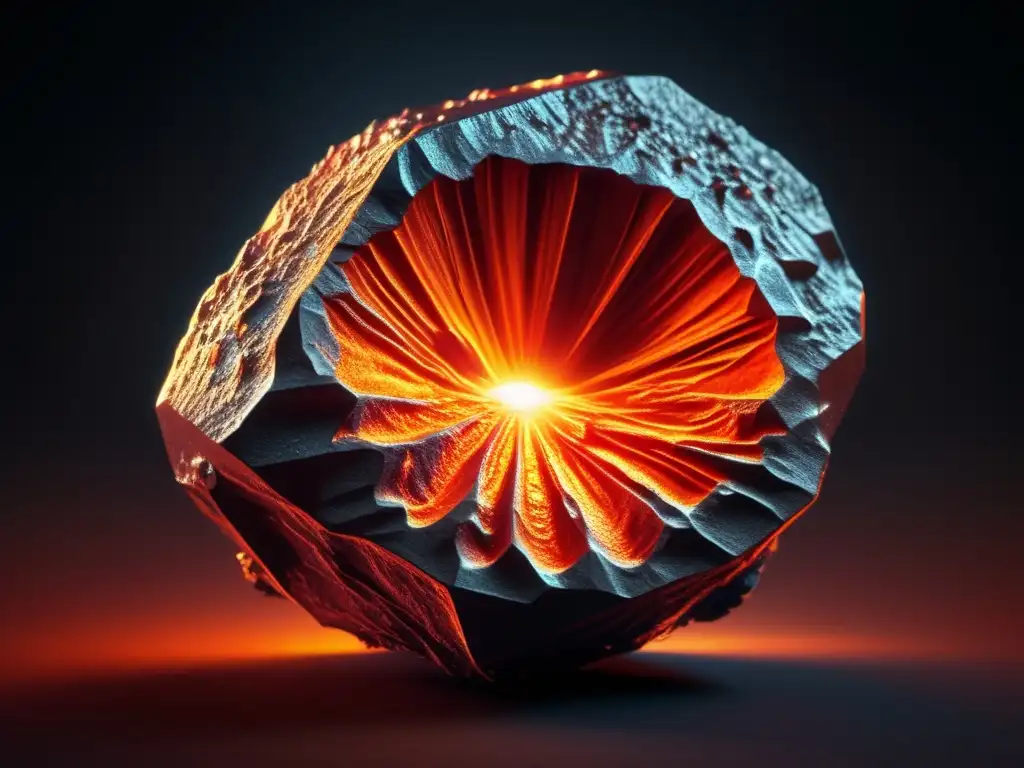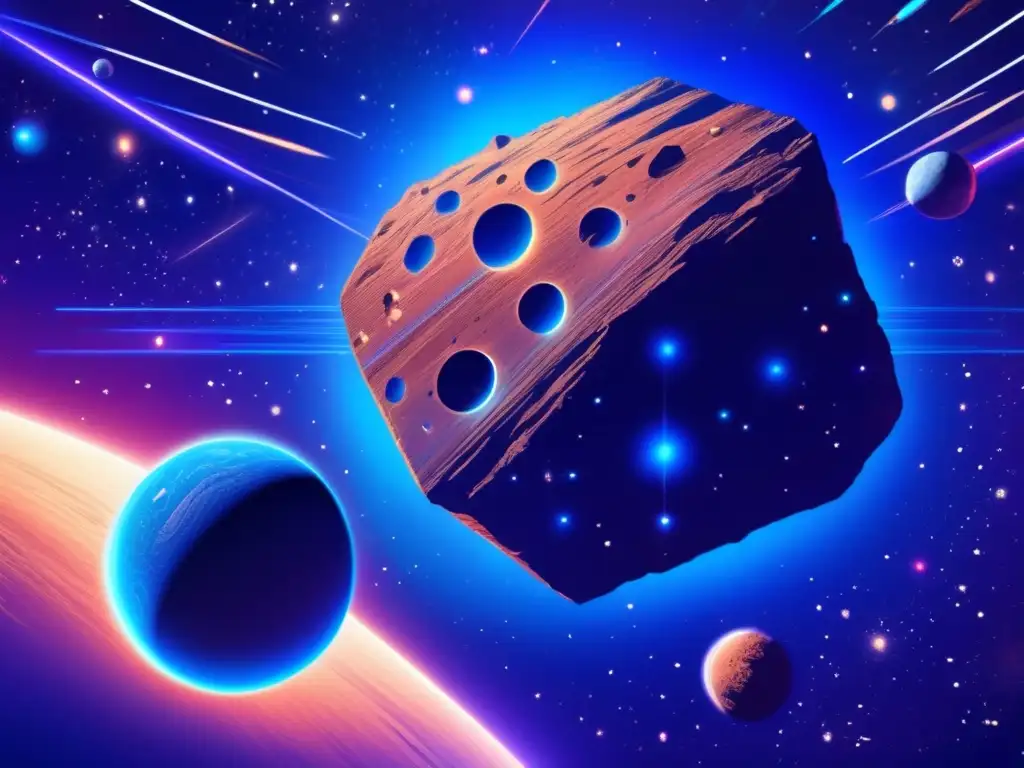A Closer Look At The Main-Belt Asteroid Hebe

Introduction
Welcome to Asteroid Realm, where we explore the fascinating world of asteroids. In this article, we will take a closer look at one particular asteroid known as Hebe. Located in the main asteroid belt between Mars and Jupiter, Hebe is an intriguing celestial object that holds significant scientific value.
Hebe's Origin and Composition

Formation and Discovery
Hebe was discovered by astronomer Karl Ludwig Hencke on July 1, 1847, making it one of the earliest known asteroids. It was named after the Greek goddess of youth and prime of life, emphasizing its significance in understanding the early history of our solar system.
Physical Characteristics
Hebe has an irregular shape with dimensions of approximately 186 km x 203 km x 193 km. Its surface is composed of rocky materials and is primarily classified as an S-type asteroid, indicating a high concentration of silicate minerals like olivine and pyroxene. This composition suggests a connection to the parent body or bodies that formed the inner planets.
Composition Analysis
Several missions, such as NASA's Dawn spacecraft and the European Space Agency's Rosetta mission, have provided valuable data on Hebe's composition. Spectroscopic analysis revealed the presence of water ice in some craters on its surface, which raises interesting questions about the origin and history of water in the asteroid belt.
Hebe's Orbit and Dynamics

Orbital Characteristics
Hebe follows a relatively circular orbit in the main asteroid belt, with an average distance of about 2.4 astronomical units (AU) from the Sun. Its orbital period is approximately 3.8 years, and it has a relatively low eccentricity of 0.19, indicating a stable orbit over long periods of time.
Family and Collisions
Hebe is considered the prototype for a family of asteroids named after it, known as the Hebe family. This family consists of numerous asteroids that share similar orbital parameters, suggesting a common origin from a larger parent body. It is believed that a collision event billions of years ago caused the breakup of this parent body, leading to the formation of the Hebe family.
Yarkovsky Effect
Hebe's rotation rate and the Yarkovsky effect, a phenomenon where sunlight causes small forces that can alter an asteroid's orbit over long periods, have been studied extensively. Understanding these effects is crucial for accurate predictions of the asteroid's future paths and potential hazard to Earth.
Scientific Exploration and Future Missions

Exploration Missions
The Dawn spacecraft, which previously visited Vesta, another main-belt asteroid, also conducted a flyby of Hebe in 2010. This mission provided valuable data on Hebe's surface composition and physical characteristics. Future missions may focus on studying the water ice presence on Hebe and investigating its potential as a resource for future space exploration.
Potential Threat?
While Hebe itself does not pose a significant threat to Earth, understanding its dynamics and composition contributes to our overall knowledge of asteroid behavior and potential impact hazards. Continued research helps refine our ability to detect, track, and mitigate the threat from near-Earth asteroids.
Future Plans
There are ongoing discussions and proposals for missions dedicated solely to Hebe. These missions aim to study its composition in greater detail, gather more data on its geological history, and explore its potential as a future target for scientific research or resource extraction.
Frequently Asked Questions

-
Is Hebe a potentially hazardous asteroid?
No, Hebe is not classified as a potentially hazardous asteroid and does not pose a significant threat to Earth.
-
What is the significance of water ice on Hebe?
The presence of water ice on Hebe raises intriguing questions about the origin and history of water in the asteroid belt, providing insights into the early solar system.
-
Why is studying the Hebe family important?
Studying the Hebe family of asteroids helps us understand the breakup and evolution of parent bodies in the asteroid belt, contributing to our understanding of the solar system's formation.
-
What can we learn from studying Hebe's rotation and orbital dynamics?
Studying Hebe's rotation and orbital dynamics helps refine our ability to predict the future paths of asteroids and assess potential impact risks to Earth.
-
Are there any future missions planned for Hebe?
While there are currently no confirmed missions dedicated solely to Hebe, proposals for future missions to study its composition and geological history are being considered.
Conclusion
Hebe, with its rich history and scientific significance, continues to captivate astronomers and researchers alike. Its composition, orbit, and familial connections provide valuable insights into the formation and evolution of our solar system. As we unravel more mysteries surrounding Hebe, we gain a deeper understanding of the asteroids that populate our celestial neighborhood. Thank you for joining us on this exploration of Hebe, and we encourage you to share your thoughts and further engage with Asteroid Realm.
Additional Resources

For more information about asteroids and related topics, check out the following resources:
- NASA - National Aeronautics and Space Administration
- ESA - European Space Agency
- IAU - International Astronomical Union
- JPL - Jet Propulsion Laboratory
 Asteroid Teutonia: A Metal-rich Asteroid
Asteroid Teutonia: A Metal-rich Asteroid The Story Behind The Asteroid Pandora
The Story Behind The Asteroid Pandora The Mystery Of The Asteroid Metis
The Mystery Of The Asteroid MetisIf you want to discover more articles similar to A Closer Look At The Main-Belt Asteroid Hebe, you can visit the Asteroid Profiles category.
Leave a Reply

Articulos relacionados: